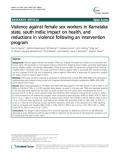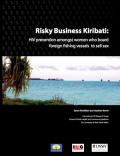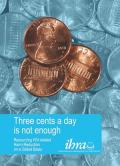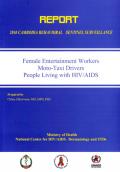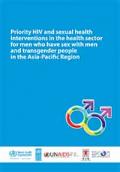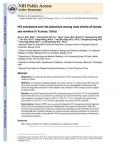Publications on Key Populations
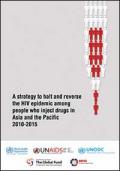
Resource | Publications,
The present document, "A Strategy to Halt and Reverse the HIV Epidemic among People Who Inject Drugs in Asia and the Pacific, 2010–2015" is a call to action and a road map to ensure that the HIV and hepatitis epidemics among people who use drugs and their sexual partners in the Asia Pacific region will be halted.
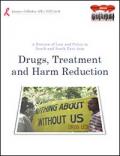
Resource | Publications,
This paper is meant to provide a preview of law and policy on drug use and HIV in South and South East Asia, as it relates to interventions with people who use drugs. Besides cataloguing provisions relevant to people who use drugs and the availability of services for them, the paper flags concerns vis-à-vis health and rights of people using drugs that require further research and analysis. At the Consultation, the paper is expected to facilitate policy debate and advocacy with Parliamentarians.

Resource | Presentations,
Behavioral sentinel surveillance (BSS) has been conducted by NCHADS to document behavior changes among sentinel groups since 1997. The objectives of the BSS 2010 are:
- To document HIV related risk behaviors among selected sentinel groups
- To track trends in risk behaviors among most at risk groups
- To explore common practices toward the use of VCT, STI clinics and other health services
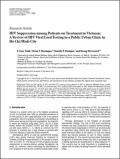
Resource | Publications,
The goals of this study were to document ART efforts in a resource-limited setting with high prevalence of IDUs, to identify high-risk groups for failure who may benefit from more frequent monitoring or other interventions and to assess the potential for delayed diagnosis of treatment failure when using targeted testing based on clinical and immunologic criteria.






